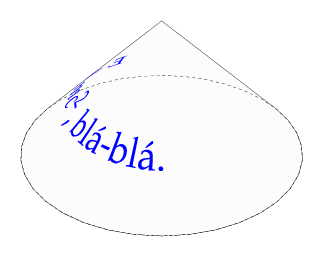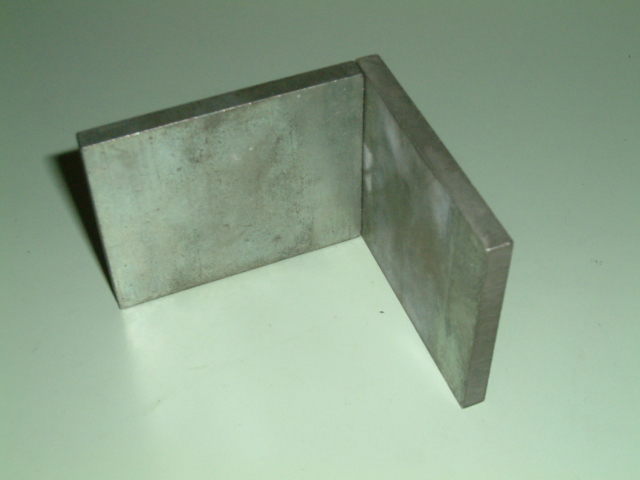
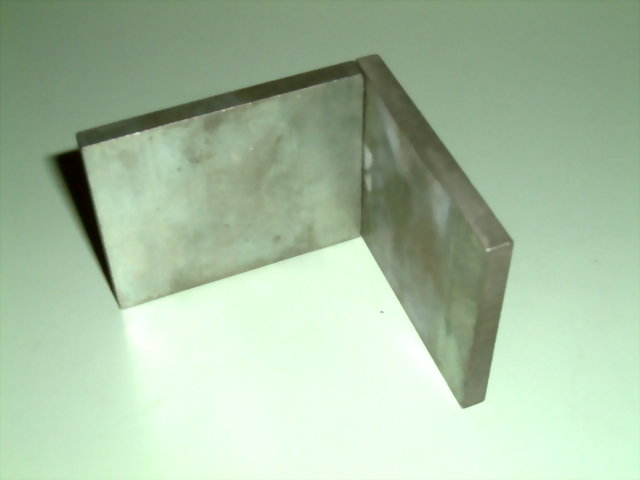
mkbitmap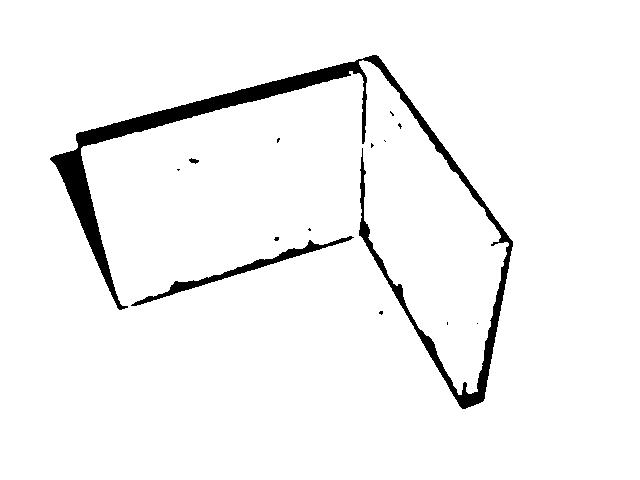
potrace -a 1.334 -O 0.8 -t 40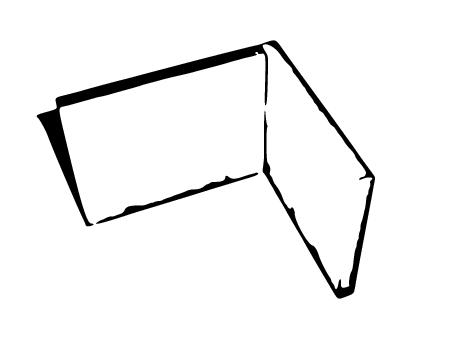
pstoedit -f mpost and my lex scanner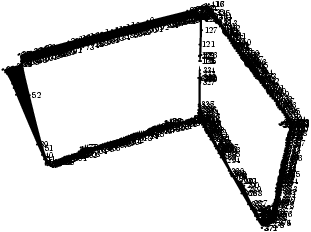
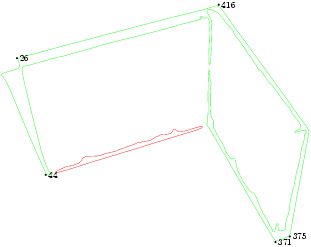
1. Assign positions in space to four or more photo points.
2. Give an initial guess about the position of the
camera in space (f), the point aimed by the
camera (viewcentr), the magnification
factor (Spread) and the position of the aimed
point on the photo paper (ShiftV).
3. Introduce the macro photoreverse in the
MetaPost photo source.
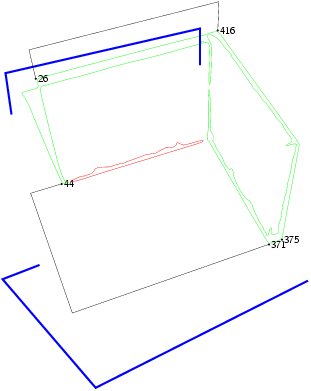
photoreverse is not used and the initial
guess is not improved.
